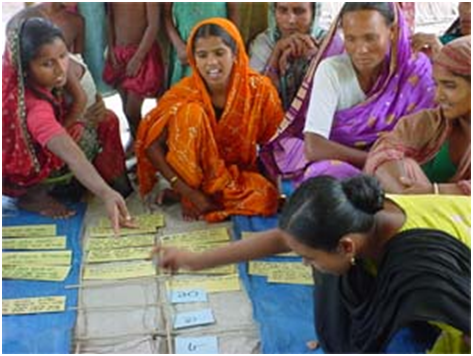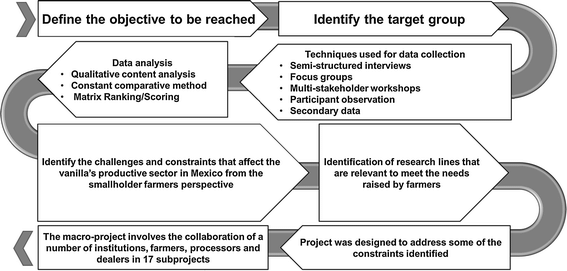QUES . Explain about Participatory Rural Appraisal technique for farmers’ need identification.
HINTS:

PRA can be described as a family of approaches, methods and behaviours that enable people to express and analyse the realities of their lives and conditions, to plan themselves what action to take, and to monitor and evaluate the results.
Participatory Rural Appraisal (PRA) is a widely used technique for rural development that involves the active participation of the local community in identifying their needs and developing solutions to address them. PRA techniques are often used in agriculture and rural development projects to gather information and insights from farmers about their needs and priorities.
In the context of farmers’ needs identification, PRA techniques typically involve a facilitator working with a group of farmers to gather information through various participatory exercises. These exercises can include mapping resources, timelines, livelihoods, seasonal calendars, transect walks, focus group discussions, and other visual and participatory tools.

Through these exercises, farmers are able to identify their key needs, challenges, and opportunities, as well as potential solutions and strategies for addressing them. This can include identifying appropriate agricultural practices, technologies, and inputs, as well as exploring opportunities for diversifying income streams and improving market access.
The key advantage of using PRA techniques for farmers’ needs identification is that it enables farmers to take an active role in the process of identifying and addressing their own needs. This helps to ensure that interventions are appropriate, relevant, and responsive to the needs of the local community, which can lead to more sustainable and effective outcomes.
Overall, Participatory Rural Appraisal is a valuable tool for engaging farmers in the development process and promoting their empowerment and agency in addressing their own needs and priorities.
However, since the early 21st century, some practitioners have replaced PRA with the standardized model of community-based participatory research (CBPR) or with participatory action research (PAR). Social survey techniques have also changed during this period, including greater use of information technology such as fuzzy cognitive maps, e-participation, telepresence, social network analysis, topic models, geographic information systems (GIS), and interactive multimedia.
